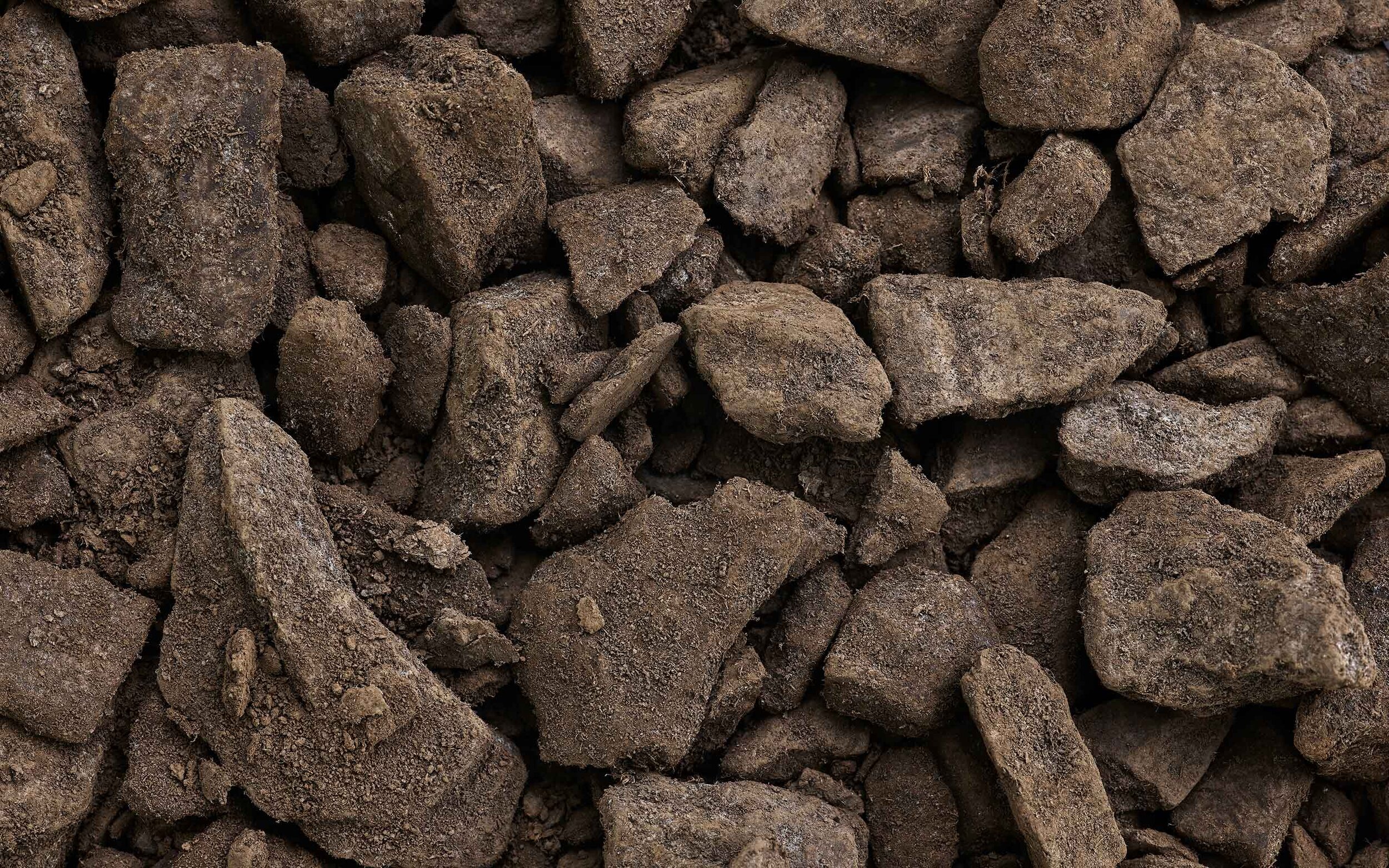
HTC delivers sustainable solid wet waste handling
HTC Biocoal for nutrient recovery
Tests of pelletized C-Green HTC Biocoal as a sustainable alternative to fossil-based forest fertilizers.
Researchers at Karlstad University, in collaboration with C-Green and several other companies, have launched a project that focuses on transforming residual byproducts from the pulp and paper industry into nutrient-rich pellets that can be reintroduced into forest soils.
Traditionally, only ash—a byproduct of these industries—has been used in forestry. However, this project explores the utilization of sludge, which is typically avoided due to its high water content and unpleasant odor. By converting the sludge into biochar through hydrothermal carbonization researchers can mix it with ash to create pellets that restore essential nutrients and balance soil pH levels.
Watch video on SVT News Värmland
8 sustainable benefits of HTC biocoal:
Phosphorus recovery
Facilitates the recovery of phosphorus, one of the most important minerals used in agriculture.
Nitrogen recovery
Recovers between 80 and 90% of the nitrogen in biodegradeable solid waste.
Carbon recovery
Carbon is recovered from the sludge and upgraded to biocoal and biogas, sustainable energy sources that can replace fossil fuels.
Stops GHG emissions
Immediately and effectively halts the decomposition of sludge, reducing the emissions of potent GHG gases such as methane and nitrous oxide.
Energy efficiency
The process is the most energy-efficient sludge dewatering method available.
Destroys pathogens
Thermally sterilizes the sludge – eliminating exposure to viruses and bacteria.
Reduces toxicity
Hazardous substances such as heavy metals and dioxins are concentrated and removed from the environment.
Reduces transportation
On-site processing helps avoid costly transportation (and resulting GHG emissions) of wet sludge for off-site disposal.

1. Phosphorus recovery
HTC allows phosphorus to be separated from the incineration ash of the biocoal.
Phosphorus is designated as a critical raw material by the European Commission. As much as 15 % of Europe's mineral phosphorus demand is lost in the direct disposal of sewage sludge and in the ashes from the incineration of sludge.

2. Nitrogen recovery
HTC allows for +50% recycling of the nitrogen in the sludge through ammonium stripping.
About 60% of the sludge’s nitrogen content ends up in the separated water from the OxyPower HTC™ process, making it an ideal source of commercially useful nitrogen. As much as 90% of that nitrogen can be captured through ammonium stripping.

3. Carbon recovery
Carbon is recovered from the sludge and upgraded to a HTC biocoal and can be used as biofuel, carbon sink, fertilizer or as soil improvement.

4. Reduction of GHG emissions
The conversion of sludge into HTC biocoal puts an effective stop to the decomposition. Up to 200 kg CO₂-eq/ton sludge of nitrous oxides and methane from the storage and composting of sludge is avoided.

5. Energy efficient
The combination of drying the sludge in its original wet phase without evaporation, together with heat recycling, makes the C-Green HTC process the most energy-efficient sludge dewatering technology.

6. Elimination of pathogens
By using hydrothermal carbonization (HTC) to thermally sterilize the sludge, HTC eliminates all pathogens including viruses, bacteria, parasites, and microbial DNA, producing a sterile biocoal in an environmental and cost-effective way.

7. Reduced toxicity
Toxic substances such as heavy metals, dioxins and PCB are concentrated in the biocoal and can be effectively removed from the environment. If the biocoal is incinerated, pharmaceutical residues, organic pollutants, and micro-plastics are also eliminated.


